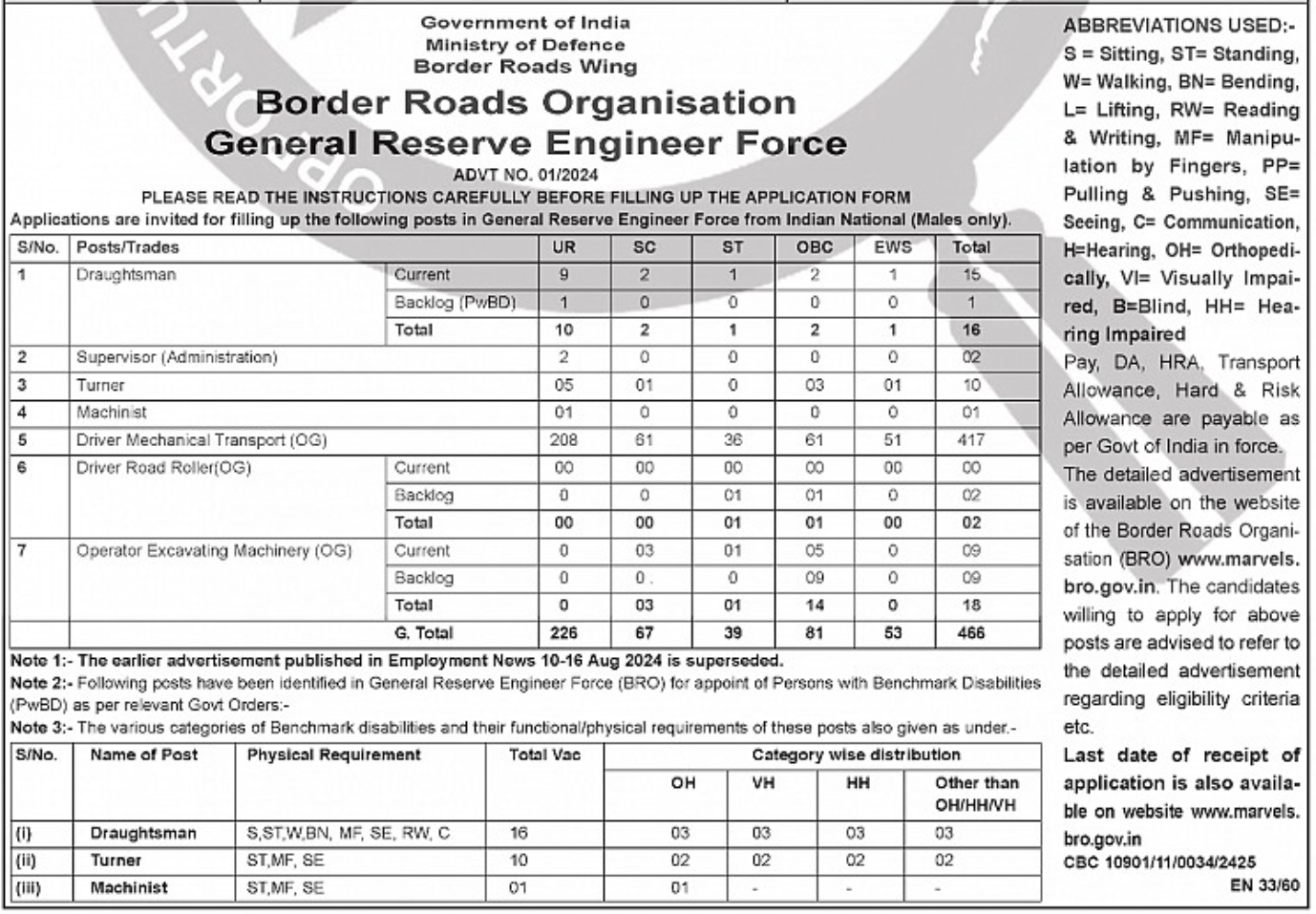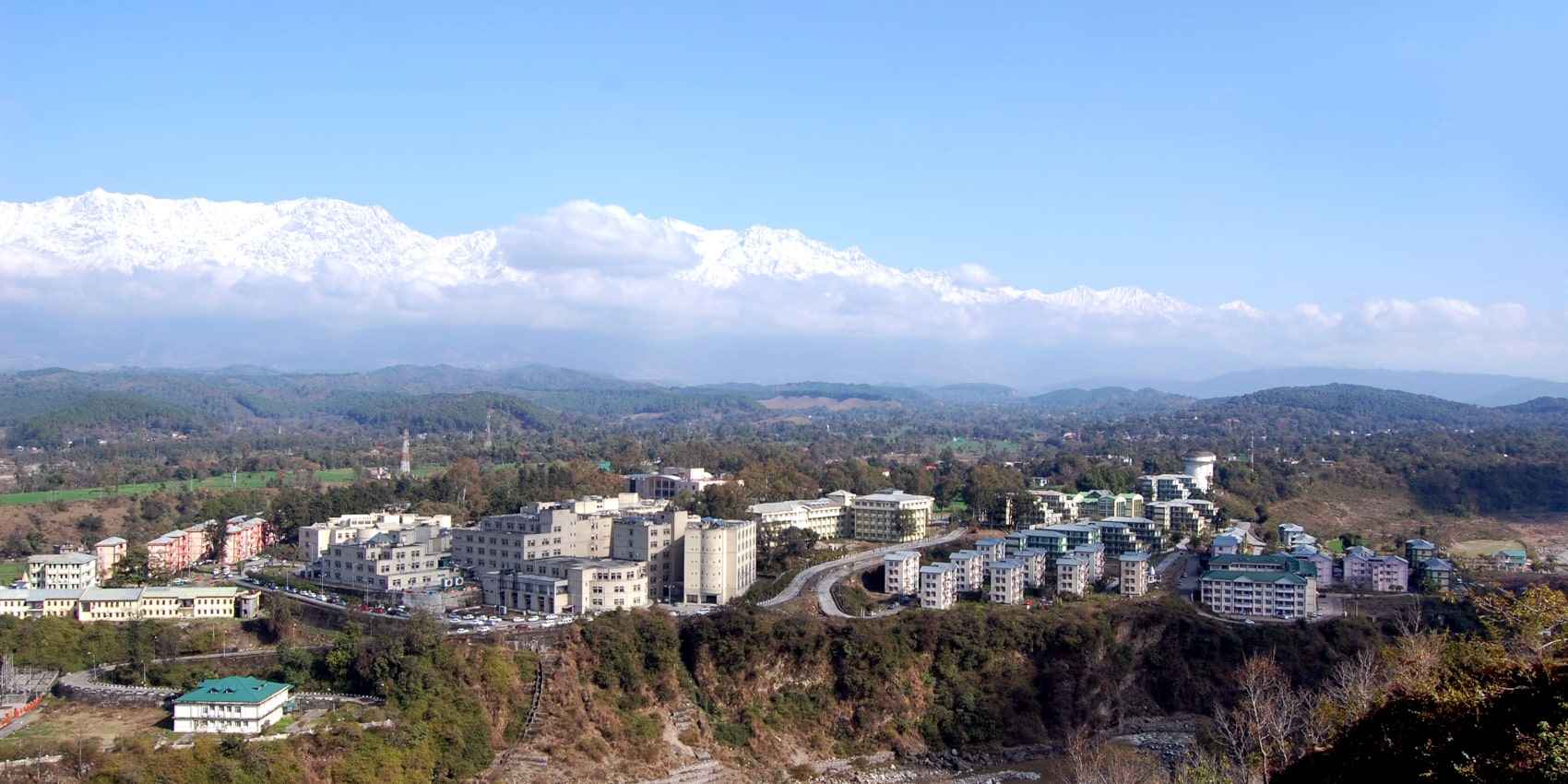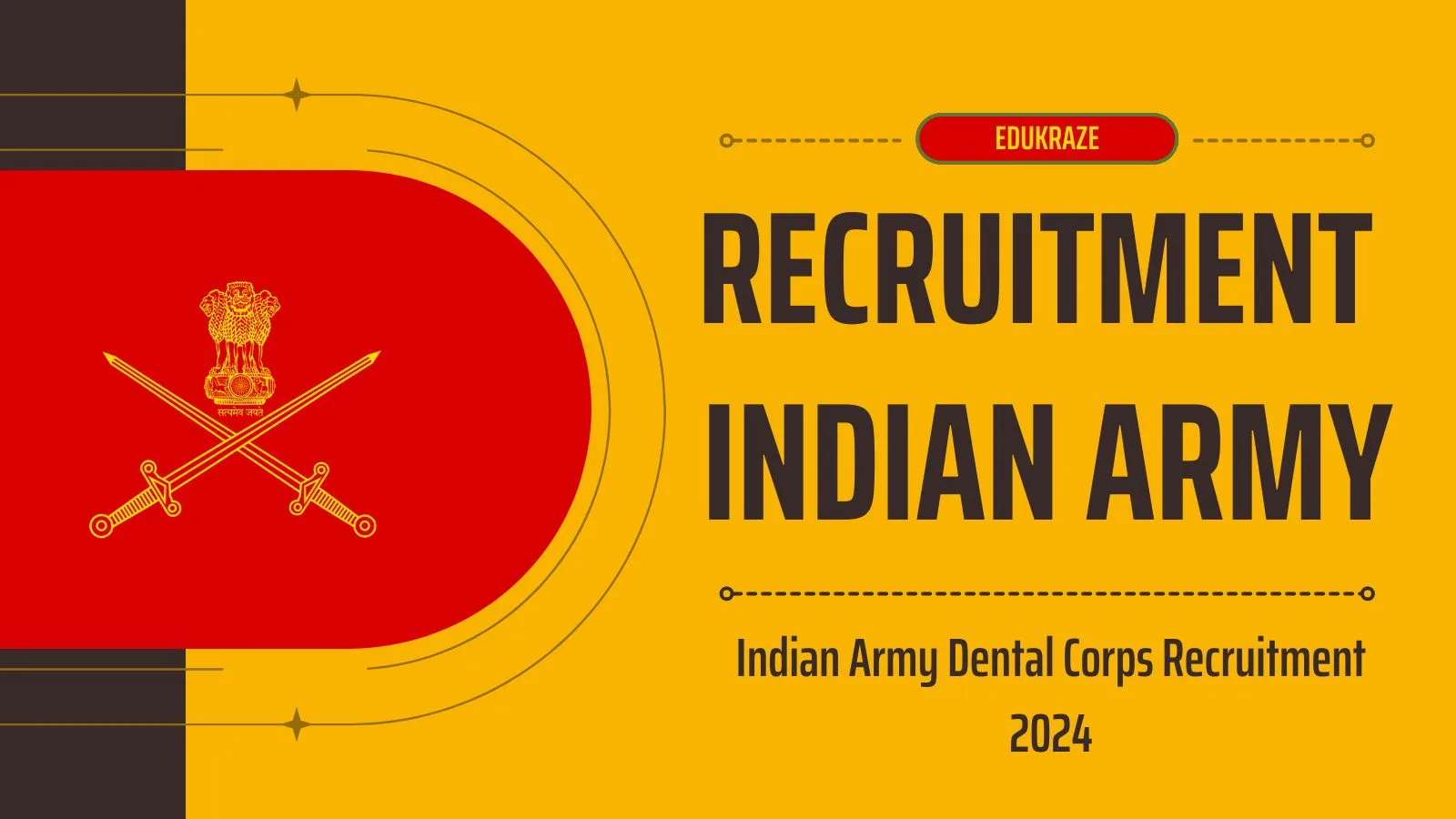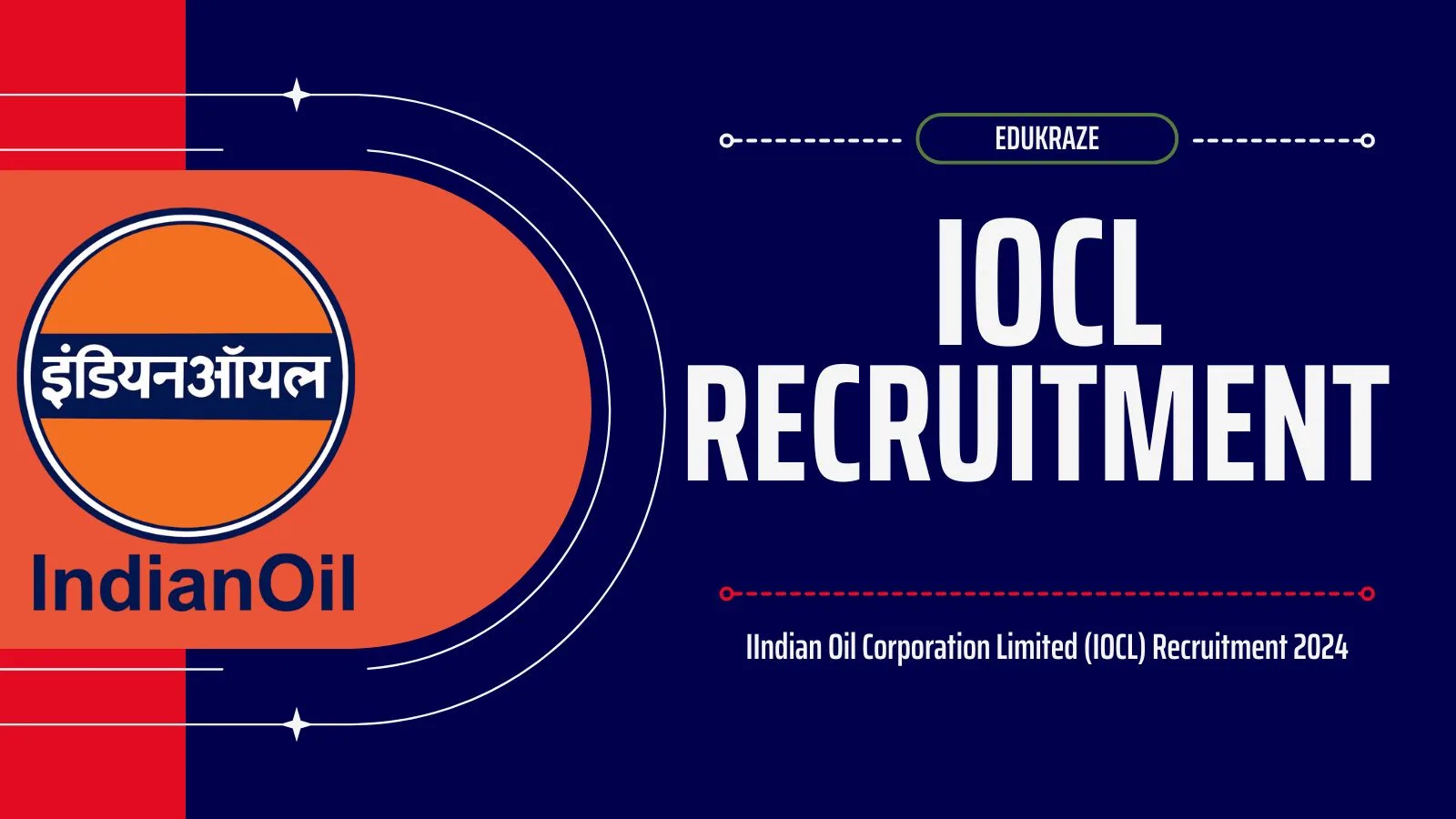1. Introduction:
The Ministry of Jal Shakti, under the guidance of Prime Minister Narendra Modi and Union Minister for Jal Shakti Gajendra Singh Shekhawat, has conducted the first-ever census of water bodies in India. The census provides an inventory of India’s water resources, including natural and man-made water bodies such as ponds, tanks, lakes, and more, and also collected data on the encroachment of water bodies.
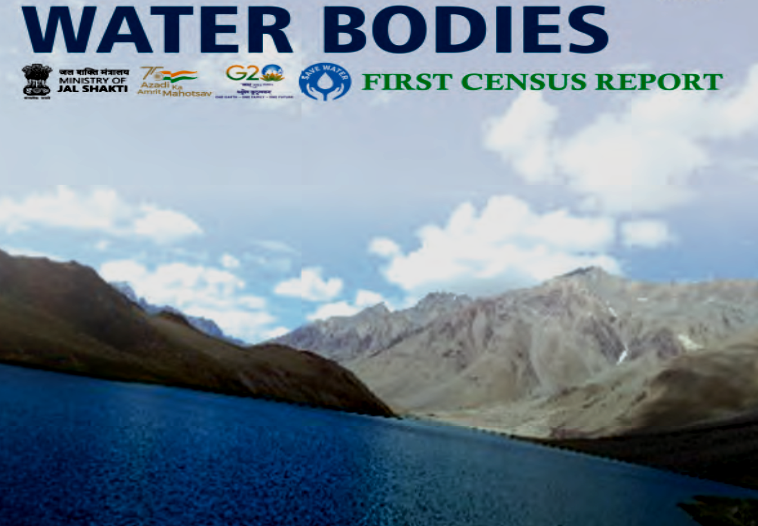
2. Census details:
The census was launched under the centrally sponsored scheme, “Irrigation Census”, in convergence with the 6th Minor Irrigation Census to create a comprehensive national database of all water bodies. Information on important aspects of the water bodies, including their type, condition, status of encroachments, use, storage capacity, and status of filling up of storage, was collected. The census covered all the water bodies located in rural as well as urban areas that are in-use or not in-use. The census also took into account all types of uses of water bodies like irrigation, industry, pisciculture, domestic/drinking, recreation, religious, ground water recharge, etc.
3. Census Findings:
- The census found a total of 24,24,540 water bodies in India, out of which 97.1% (23,55,055) were in rural areas and only 2.9% (69,485) were in urban areas.
- West Bengal, Uttar Pradesh, Andhra Pradesh, Odisha, and Assam are the top five states in terms of the number of water bodies, which constitute around 63% of the total water bodies in the country.
- In urban areas, the top five states in terms of the number of water bodies are West Bengal, Tamil Nadu, Kerala, Uttar Pradesh, and Tripura, whereas in rural areas, the top five states are West Bengal, Uttar Pradesh, Andhra Pradesh, Odisha, and Assam.
- 59.5% of water bodies are ponds, followed by tanks (15.7%), reservoirs (12.1%), Water conservation schemes/percolation tanks/check dams (9.3%), lakes (0.9%), and others (2.5%).
- 55.2% of water bodies are owned by private entities, whereas 44.8% of water bodies are in the domain of public ownership.
- Out of all public-owned water bodies, maximum water bodies are owned by Panchayats, followed by State Irrigation/State WRD.
- Out of all privately-owned water bodies, maximum water bodies are in the hands of Individual owner/farmer followed by a group of individuals and other private bodies.
- West Bengal, Assam, Andhra Pradesh, Odisha, and Jharkhand are the top five states which lead in privately-owned water bodies.
- Major water bodies are reported to be used in pisciculture followed by irrigation.
- The top five states where major use of water bodies is in pisciculture are West Bengal, Assam, Odisha, Uttar Pradesh, and Andhra Pradesh.
- The top five states where major use of water bodies is in irrigation are Jharkhand, Andhra Pradesh, Telangana, West Bengal, and Gujarat.
- 78% of water bodies are man-made water bodies, whereas 22% are natural water bodies.
- 1.6% (38,496) of water bodies out of all the enumerated water bodies are reported to be encroached, out of which 95.4% are in rural areas and remaining 4.6% in urban areas.
- Information on water spread area was reported in respect of 23,,37,638 water bodies. Out of these water bodies, 72.4% have water spread area less than 0.5 hectare, 13.4% have water spread area between 0.5-1 hectare, 11.1% have water spread area between 1-5 hectares and remaining 3.1% of water bodies have water spread area more than 5 hectares.
4. Water Spread Area:
Information on water spread area was reported in respect of 23,46,404 water bodies, out of which the total water spread area was reported to be 3,61,70,155 hectares. The average size of the water body was reported to be 1.54 hectares. Out of the total reported water spread area, 89.7% (3,24,58,915 hectares) was reported in rural areas and only 10.3% (37,11,240 hectares) was reported in urban areas. The top five states in terms of water spread area are Maharashtra, Karnataka, Madhya Pradesh, West Bengal, and Odisha. Ponds constitute the highest water spread area (61.4%) followed by tanks (21.4%) and reservoirs (12.2%). The total number of water bodies with a water spread area of more than 10 hectares was reported to be 15,091, which constituted only 0.6% of the total enumerated water bodies but accounted for 75.9% of the total reported water spread area. The average size of water bodies with more than 10 hectares was reported to be 25.47 hectares.
5. Water Quality:
Information on water quality was collected for a total of 13,537 water bodies, out of which 3,721 were in urban areas and 9,816 were in rural areas. Out of the total enumerated water bodies, only 0.6% were covered under water quality monitoring. Out of the total 13,537 water bodies covered under water quality monitoring, 1,202 water bodies (8.9%) were found to be polluted and the remaining 12,335 (91.1%) were found to be non-polluted. Out of the 1,202 polluted water bodies, 1,144 were in rural areas and only 58 were in urban areas. The top five states with the highest number of polluted water bodies are Uttar Pradesh, Bihar, West Bengal, Maharashtra, and Karnataka. The major cause of pollution was reported to be domestic sewage followed by industrial effluents and agricultural runoff.
The Census report is available on Department’s website: https://jalshakti-dowr.gov.in. Key results are also disseminated through Bhuvan portal.
Link to Download All India Report: https://jalshakti-dowr.gov.in/document/all-india-report-of-first-census-of-water-bodies-volume-1/ ;
State Wise Report: https://jalshakti-dowr.gov.in/document/state-wise-report-of-first-census-of-water-bodies-volume-2/
Sourec: PIB
Do Follow us on Facebook and For More Updates on Competitive Exams Checkout our Website






